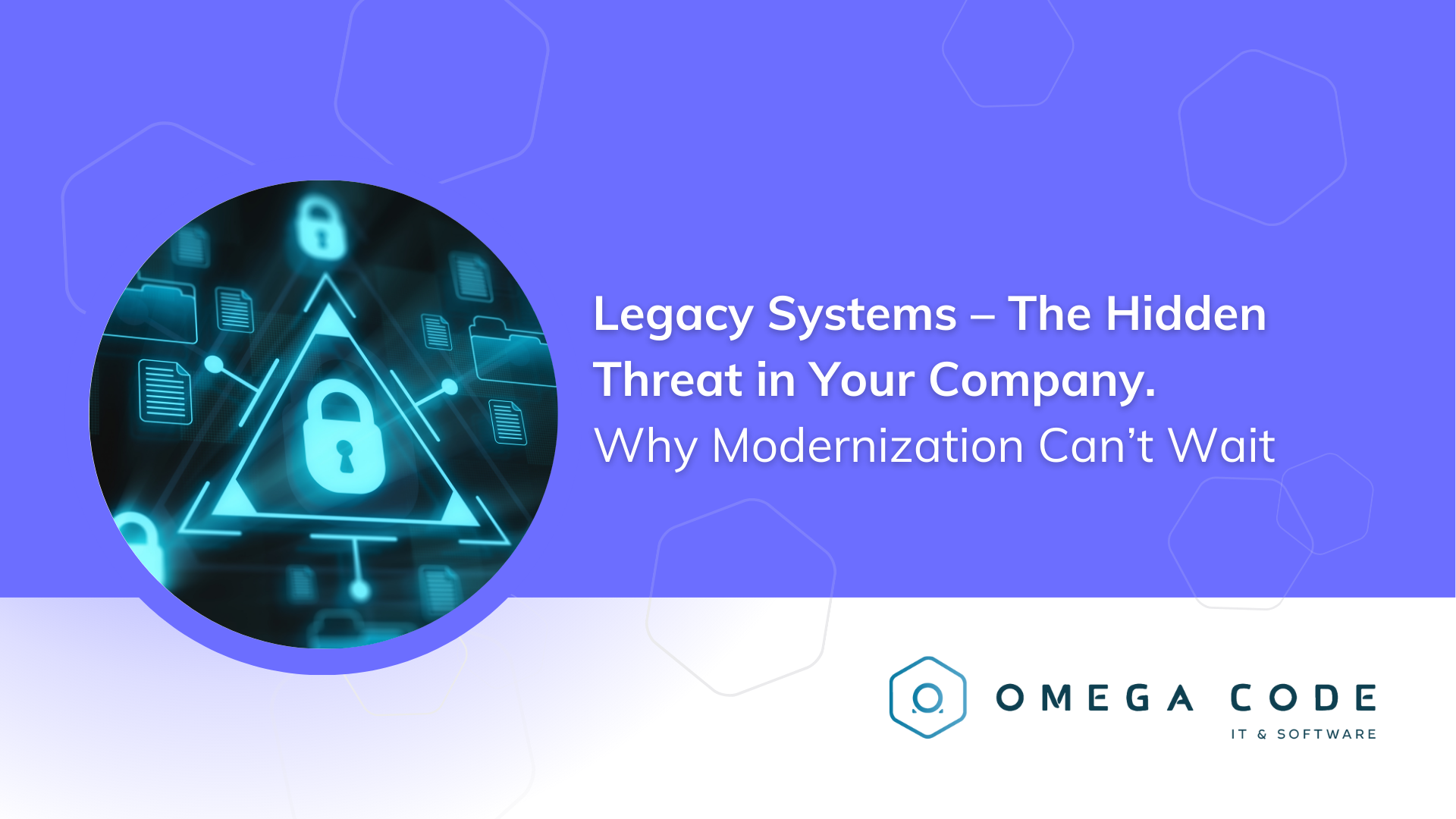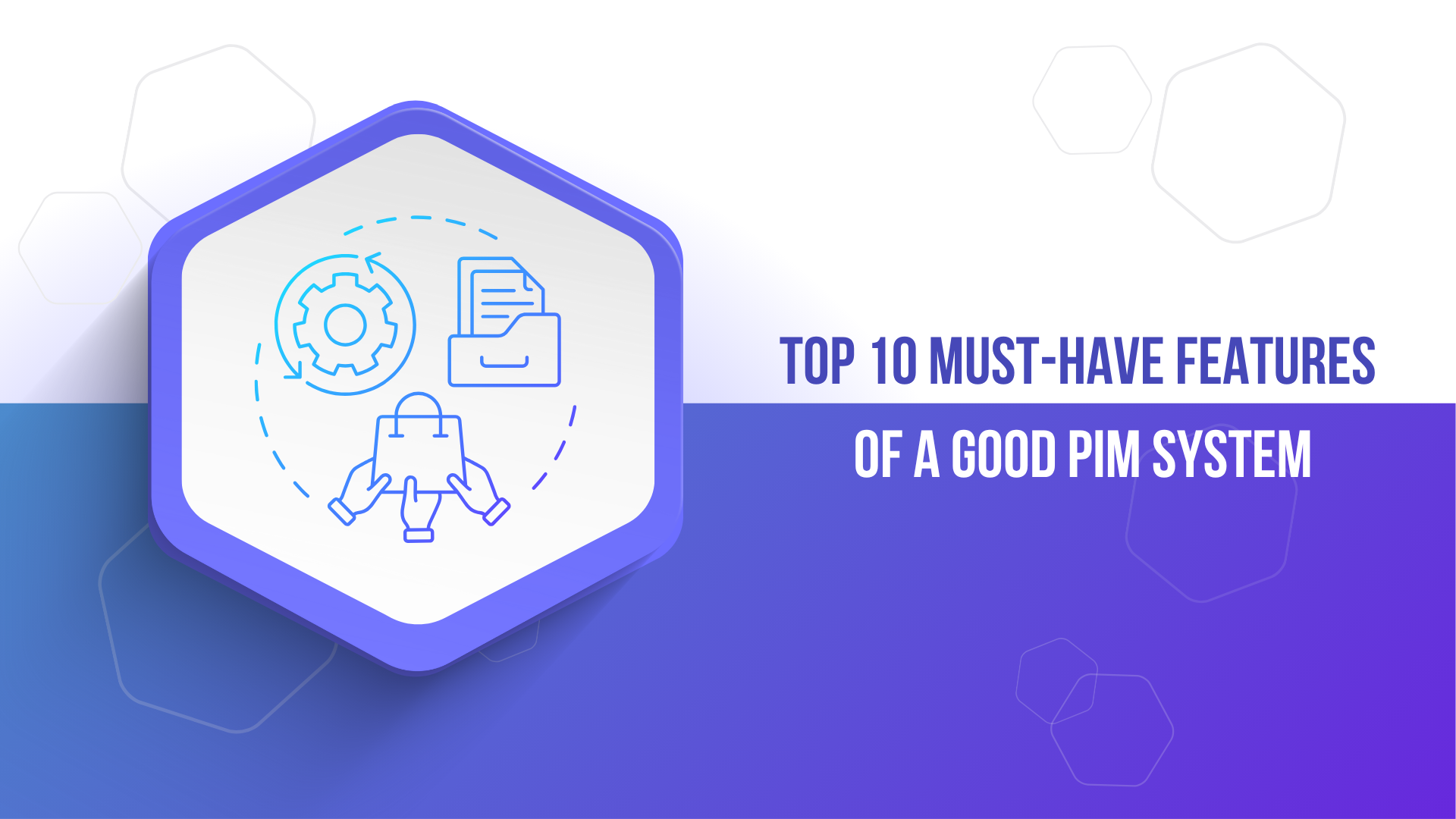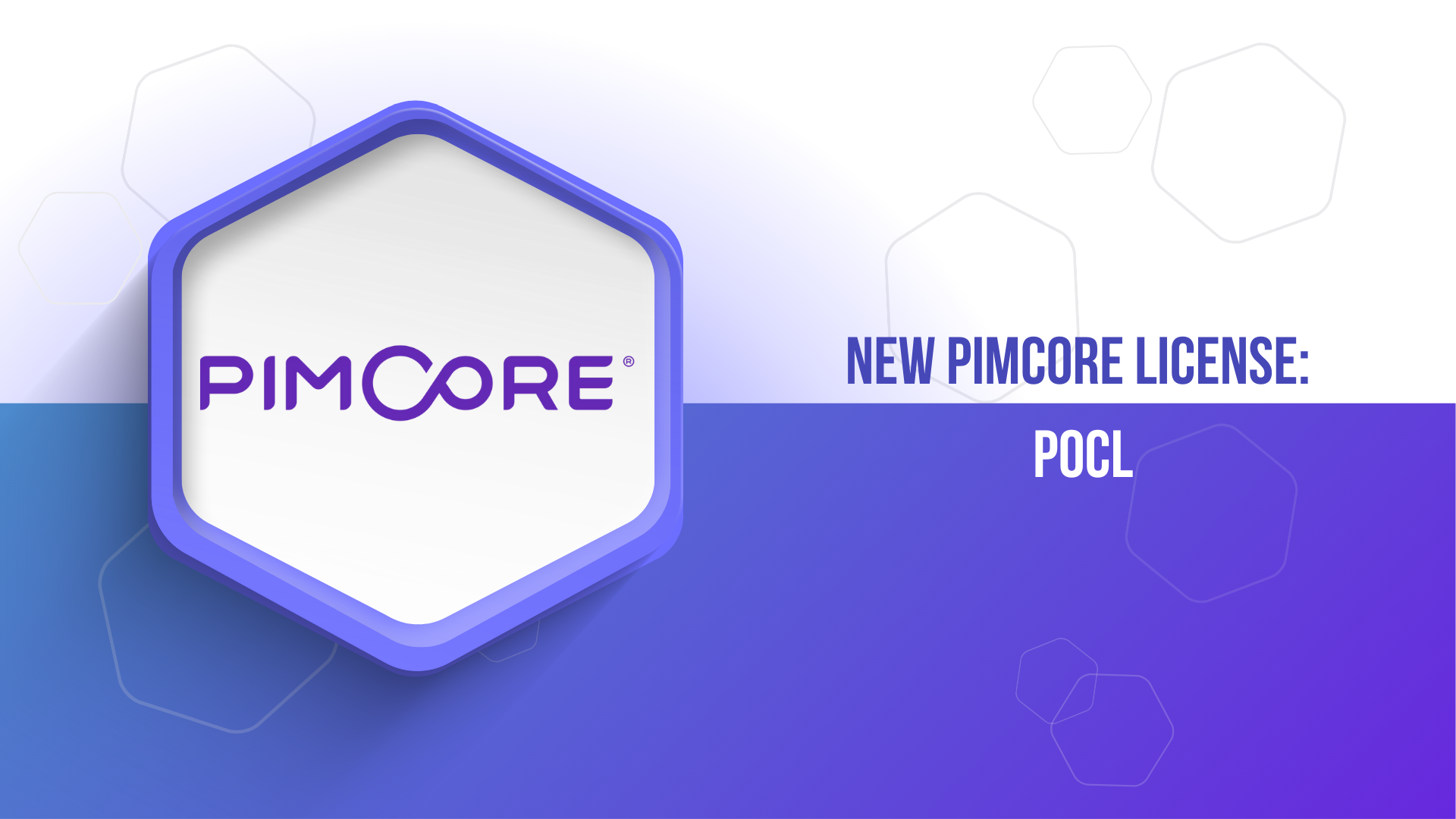Pimcore Implementation Best Practise
In today's world, more and more companies are opting for the implementation of a PIM (Product Information Management) system to streamline their product information management processes

PIM is a tool that enables increased efficiency, process automation, and improved quality and accessibility of information. However, implementing this system is a complex process that requires proper planning, preparation, and execution. We will introduce you to the issues related to the implementation of a PIM system. We will focus on the importance of the processes related to its implementation and the key benefits of its use.
1.Analysis of business needs and project goal setting
Stage 1, which is the analysis of business needs and project goal setting. This is a crucial step in starting a product information management project. In this stage, we conduct a thorough analysis of the current process of managing information to understand what problems and potential benefits the implementation of a PIM system may bring. Then, we determine the project goals, such as improving the quality and accessibility of product information, automating processes, unifying data, or improving marketing efficiency. At this stage, it is worth relying on the experience of the implementation company not so much in defining the business justification but in defining the project scope and potential benefits that such a system can and should provide.
2.Selection and implementation of the appropriate PIM solution
Stage 2 is the selection and implementation of the appropriate PIM solution. We conduct market analysis, compare different PIM solutions, conduct tests and demonstrations of solutions, negotiate licensing terms, and sign a contract with the supplier. We prepare the infrastructure and environment. We install and configure the PIM system, and then conduct tests of the PIM system to ensure that it is correctly installed and configured.
3.Integration of the PIM system with other systems (e.g., ERP, e-commerce)
Stage 3 is the integration of the PIM system with other systems, such as ERP or e-commerce. In this stage, we conduct integration tests, adapt the PIM system to the organization's needs, and conduct training for employees so that they can fully benefit from the PIM system. Further, after the integration process, comes stage 4, which is a thorough review of the data and its migration to the new system.
4.Data preparation and migration to the new system
Stage 4 is the implementation and launch of the PIM system. In this stage, after all the tests and adjustments have been made, the PIM system is launched in the organization. We conduct training for employees so that they can fully benefit from the PIM system. All product data and information are entered into the PIM system, and then the system is monitored, and any necessary corrections are made to ensure that the system is functioning correctly. Subsection 4 (data import and configuration) is a crucial stage in the implementation of the PIM system, as it is responsible for preparing and importing data into the system. The exact process may vary depending on the specific solution, but generally, it may include the following steps:
Data preparation - review and cleansing of the data to be imported into the PIM system. Ensuring that the data is complete and correct and meets the system requirements.
Data structure configuration - defining and configuring data structures in the PIM system, such as product categories, product attributes, etc.
Data mapping - mapping data from other systems or sources to the PIM system's data structures.
Data import - importing the prepared and mapped data into the PIM system.
Data validation - validating the imported data to ensure that it meets the system requirements and is correct.
Data enrichment - enhancing the imported data with additional information, such as images or videos, to improve the product information quality.
5.Testing and System Configuration
Stage 5 involves maintaining and developing the PIM system. After the PIM system has been implemented, the organization can continue to monitor and develop the system to ensure its ongoing efficiency and compliance with business needs. We regularly conduct audits and analyses to ensure that the PIM system is compliant with the organization's current needs and is continually developed to ensure its highest efficiency. Configuration and testing are an important stage in the implementation of the PIM system, which involves customizing the system to the specific needs and requirements of the organization and conducting tests to ensure that the system is working correctly.
System configuration may include the following actions:
Configuration of system parameters, such as language settings, date formats, currencies, etc. Configuration of permissions and data access so that appropriate people have access to the appropriate information. Configuring integration with other systems, such as ERP, CRM, or CMS. Configuring business processes, such as automatic data processing, approval processes, etc. PIM system testing may include the following actions:
Testing functionality, i.e., checking whether the system is working as intended and meets business requirements. Testing integration with other systems to ensure that the PIM system works correctly with other systems. Performance testing, i.e., checking how quickly the system processes data and whether it is capable of handling large amounts of data. Security testing, i.e., checking whether the system is resilient to hacking attacks and whether the data stored in the system is secure. Proper configuration and testing are necessary for the proper functioning and effective use of the PIM system. Improper testing and configuration can lead to errors and system malfunctions, which can have a negative impact on business.
6.User Training
Stage 6 involves introducing and training users in the organization. In this stage, we provide training for PIM system users so that they can use the system freely and fully utilize its capabilities. The training covers both basic and advanced system functionalities, as well as support for any questions or problems. As a result, users will quickly and effectively adapt to the new tool and be able to fully utilize its potential. Training is an important stage in the implementation of the PIM system, which involves training employees in system operation and use. The goal of training is to ensure that employees can effectively use the PIM system and leverage its full potential.
Training may include the following actions:
Training on the use of the PIM system, including user interface rules, data management, etc. Training on business processes such as product management, data management, etc. Training for IT specialists and system administrators on the configuration and maintenance of the PIM system. Training on data security, including data processing and storage rules and security procedures. Well-conducted training will allow employees to effectively use the PIM system and increase its effectiveness in the organization. Conversely, the lack of proper employee training can lead to problems with system operation and hinder its adoption.
7.Implementation of the Production System
Phase 7 is monitoring and reporting. In this phase, we monitor the operation of the PIM system, analyze data and statistics to assess the effectiveness of the implementation, and identify any problems or imperfections. Based on these analyses, we prepare reports and recommendations for further development and optimization of the system. This allows the organization to have a complete picture of how the PIM system is being used and what benefits it brings, enabling continuous improvement and refinement of product information management processes.
Implementation is the phase in which the PIM system is launched, and data is migrated to the new system. It is a crucial stage of implementation because it enables the system to be launched and used in real conditions.
The implementation process may involve the following activities:
- Migrating data from existing systems to the PIM system.
- Testing the PIM system with real data.
- Launching the PIM system and introducing it into production.
- Conducting training for employees on how to operate the PIM system.
- Monitoring the operation of the system and introducing it into production.
It is important for the implementation process to be carried out in stages, with proper planning and testing for each step. PIM system implementation should be carried out by a team of specialists with experience in such projects, which will help to avoid any potential problems and ensure a smooth transition to the new system.
8.Monitoring and Maintaining the System.
Monitoring and optimization is the stage after the implementation of the PIM system, which involves continuous monitoring of its operation and making changes and improvements to increase its effectiveness. This is important because it allows for continuous adjustment of the system to changing business needs and avoids problems related to its operation.
Monitoring and optimization may involve the following activities:
- Monitoring the operation and performance of the PIM system to ensure that it meets business needs.
- Analyzing data from the PIM system to identify problems and determine the need for changes.
- Making changes and improvements to the PIM system to enhance its functionality and performance.
- Testing and implementing new solutions to increase the effectiveness of the PIM system.
- Training employees on new features and improvements so that they can effectively use the system.
Monitoring and optimization allows for continuous adjustment of the PIM system to changing business needs and increases its effectiveness, which positively impacts the efficiency and profitability of the enterprise.
As we can see, the product information management project is a complex process that requires proper preparation, planning, and implementation of individual stages. This allows the organization to effectively implement and utilize the PIM system, which improves the efficiency and effectiveness of product information management. The implementation of the PIM system is a process consisting of many stages, which aim to ensure that the system operates correctly and meets business requirements. These stages include: analysis of business needs, solution selection, configuration and testing, integration with other systems, training, implementation, and monitoring and optimization. Each of these implementation stages is important and allows for the proper functioning and effective use of the PIM system. Incorrect testing and configuration, lack of proper employee training, or lack of monitoring and optimization can lead to system failures and the inability to meet business needs.





